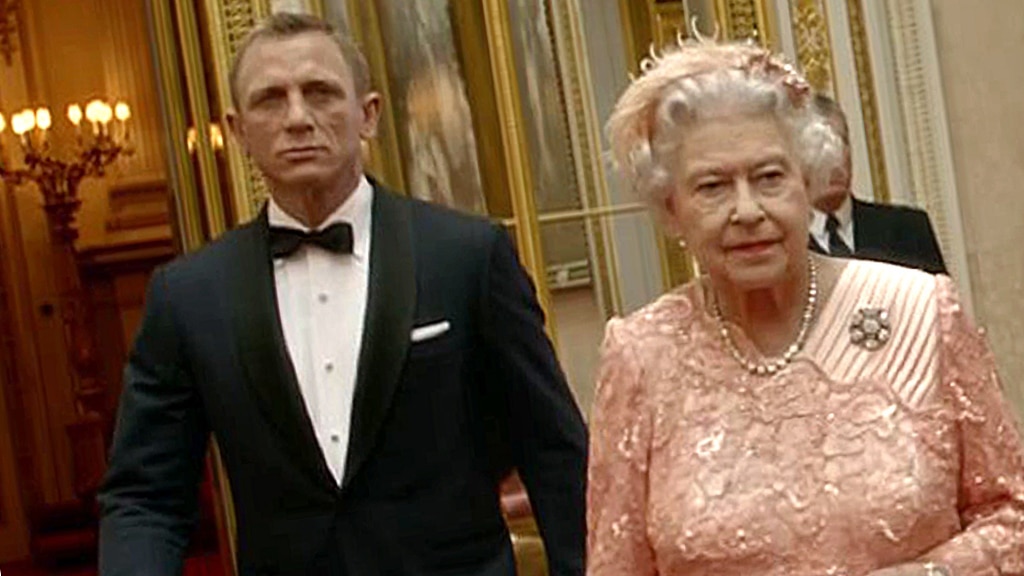Famous paintings and sculptures are beautiful to look at in themselves but there’s often more to a picture than meets the eye. If you have a closer look at them you may find surprising hidden images and some hidden meaning in them. Here is a bunch of the most interesting ones.
There’s a song in Leonardo da Vinci’s Last Supper
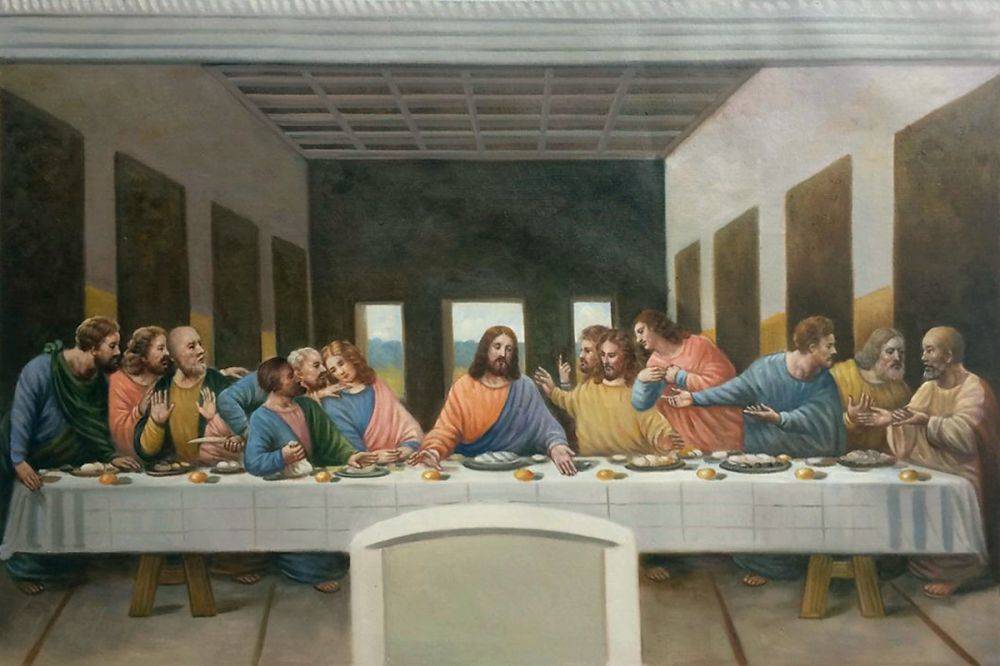
An Italian musician claims that there is a song encoded in the ‘Last Supper’. By drawing the five lines of a musical staff across the painting, the loaves of bread on the table and the hands of Jesus and of the Apostles each represent a musical note. If you play the notes it sounds like a requiem, and it’s like a soundtrack that emphasizes the passion of Jesus.
Vincent Van Gogh’s ‘Café Terrace at Night’ refers to da Vinci’s ‘Last Supper’
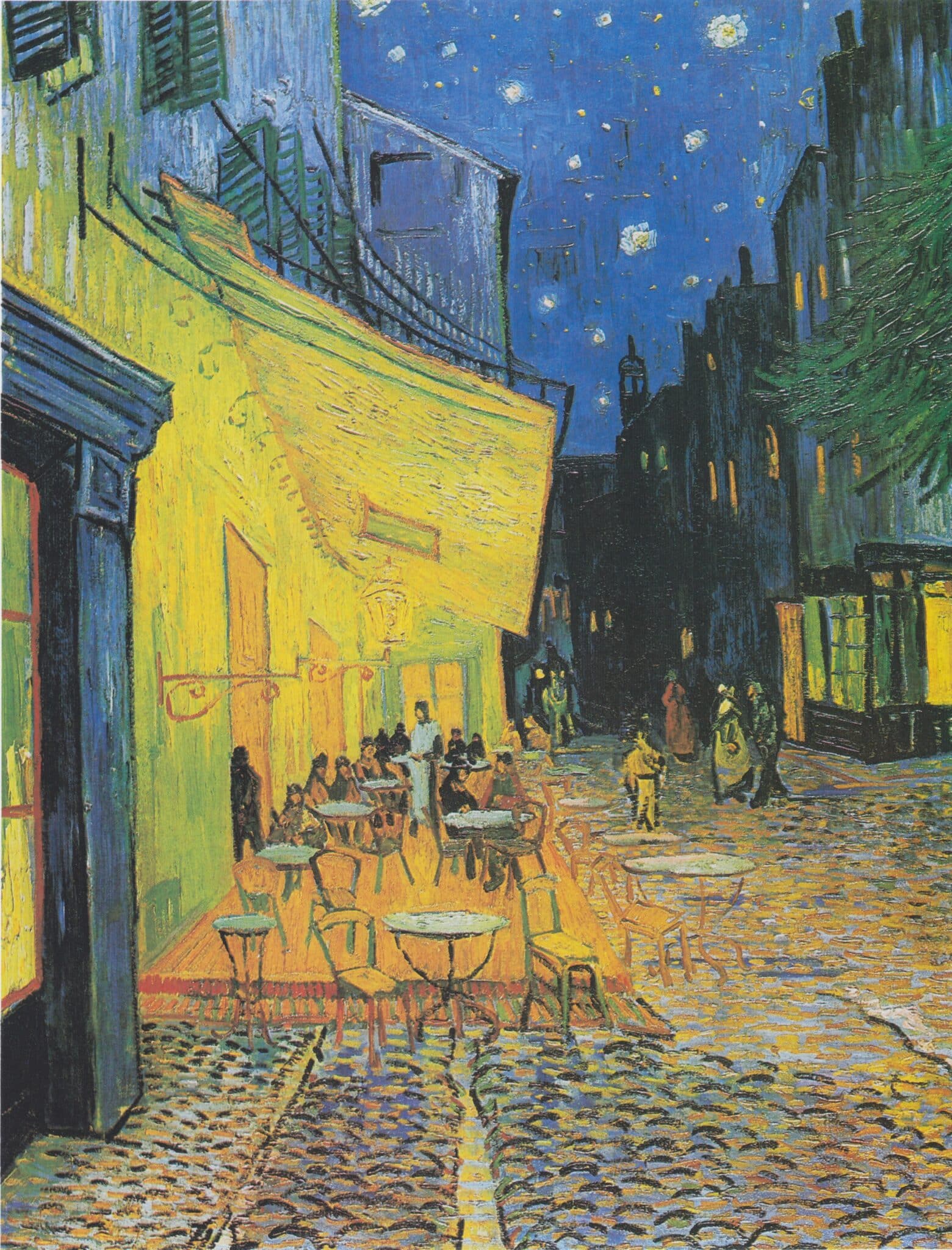
There are 12 patrons at the café sitting just like the Apostles and the waiter in the middle looks somewhat like how Jesus is traditionally depicted with his long hair. There’s also a subtle cross image right behind the server in the windowpane. A figure is departing in the shadows referring to Judas who is about to betray Jesus.
Michelangelo’s ‘Creation of Adam’ has a reference to the human body

Michelangelo was not only a very talented artist creating masterpieces but he was also interested in the human body. He began dissecting corpses when he was still a teenager so that he could understand how people are put together. In the painting which is on the ceiling of the Sistine Chapel God is surrounded by a red cloak shaped like an anatomically correct image of the human brain showing Michelangelo’s amazing expertise in the field. He even managed to depict some of the more complex brain parts, like the cerebellum and the pituitary gland. The figure beneath God, wearing a green scarf, is an almost perfect representation of the vertebral artery.
The ‘Mona Lisa’ hides letters and numbers
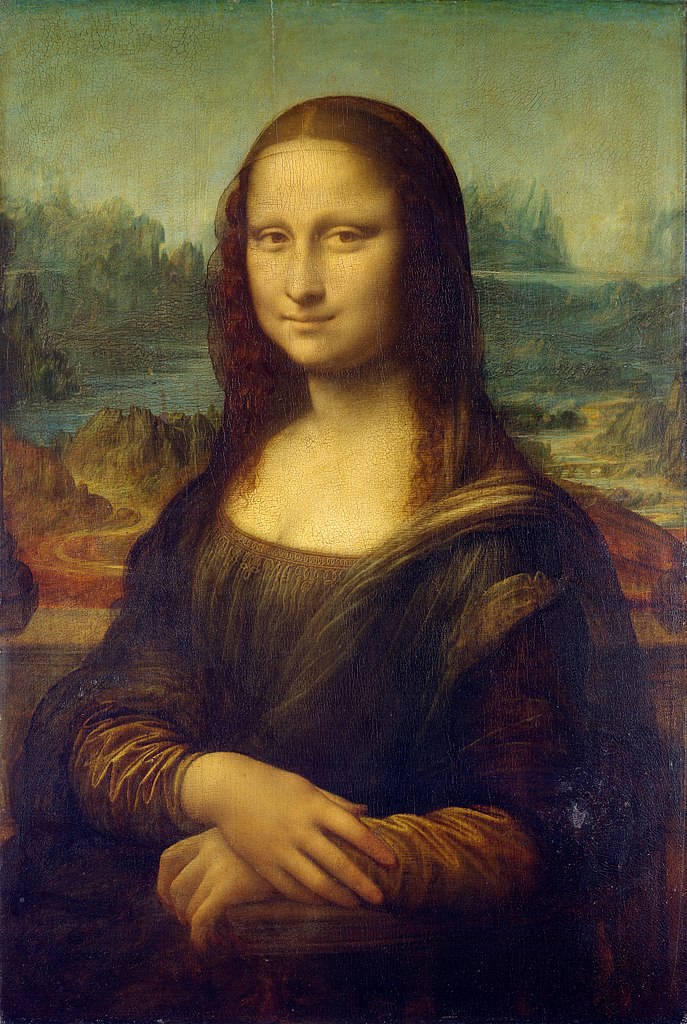
When the painting was viewed under a microscope the letters LV were visible in one of her eyes, and there were a few less-decipherable letters there as well. On the arch in the background number 72 is visible. We don’t know what these symbols mean. LV could stand for Leonardo Da Vinci, but what does 72 mean? It’s still a mystery.
In Jan van Eyck’s ‘The Arnolfini Portrait’ there is a small version of its creator
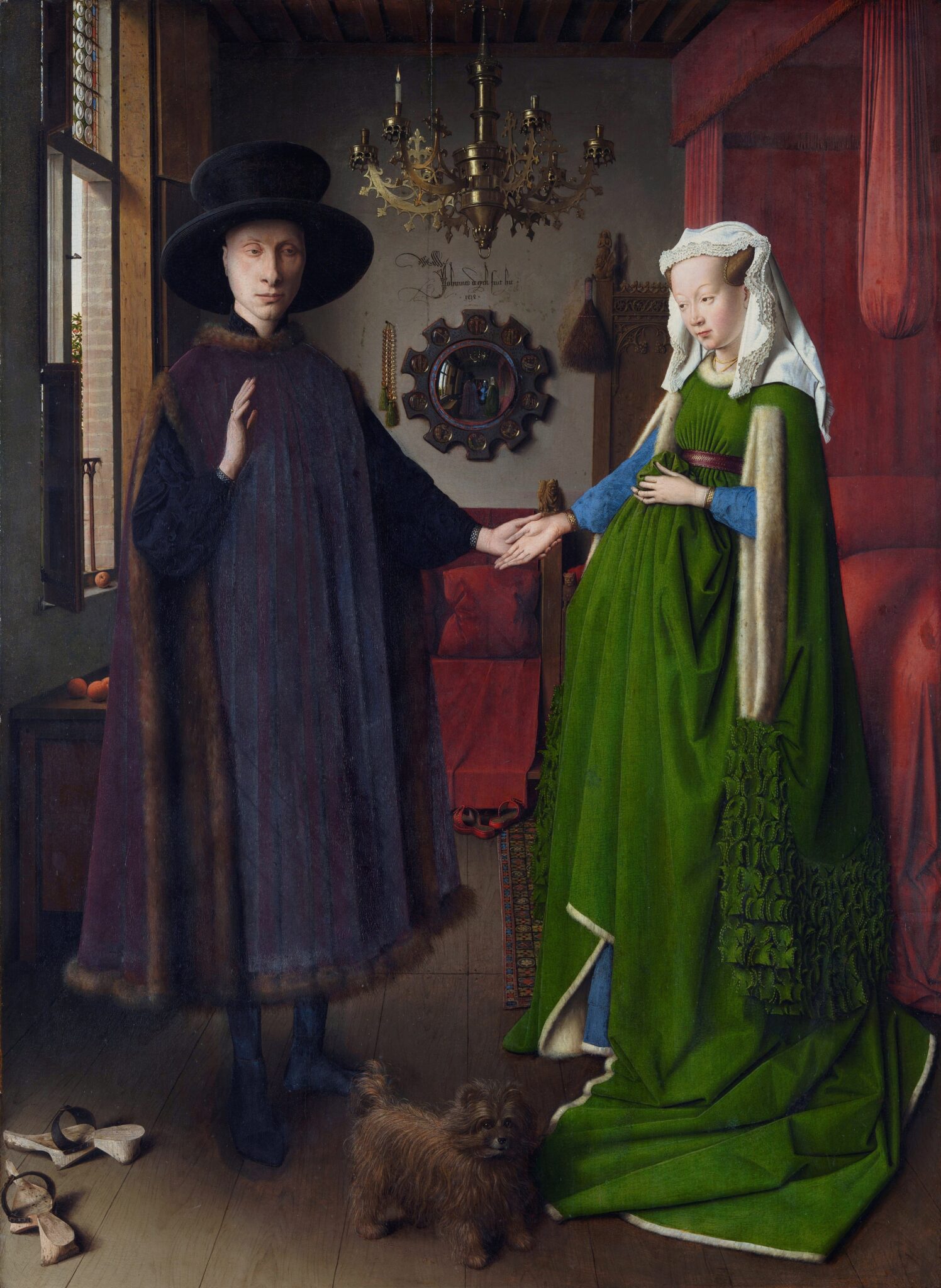
We can see the self-portrait in the mirror. In the reflection, there are two figures visible but they are discernible only with a magnifying glass. Many people think the one with his arm raised as if in greeting is van Eyck, because of the artist’s signature which translates to “Jan van Eyck was here 1434” According to that the man in the mirror might as well be van Eyck himself.
Pieter Bruegel’s ’Netherlandish Proverbs’ hides more than a hundred proverbs
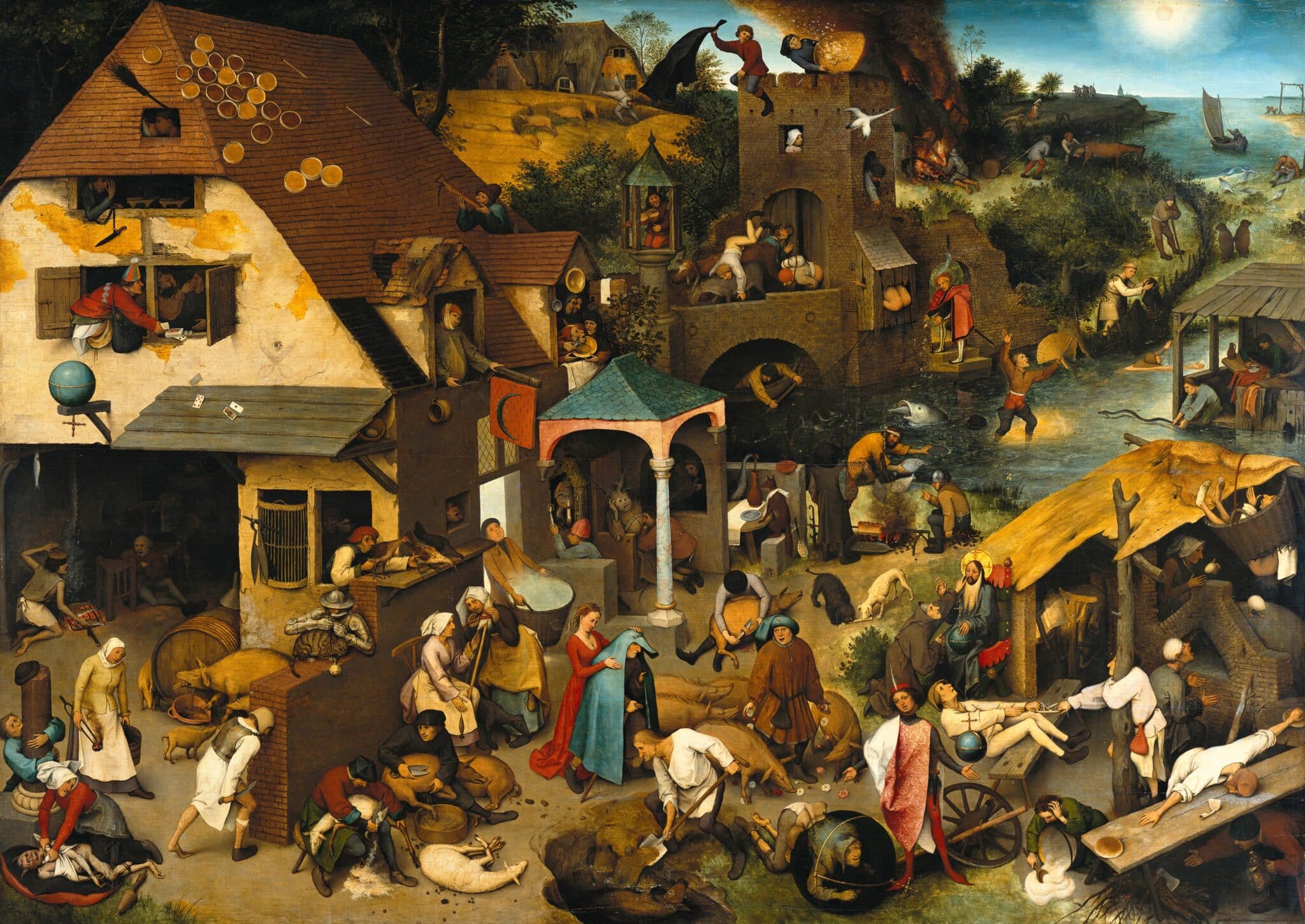
If you look at the picture it’s a busy Dutch street for the first sight. But it’s also a collection of the images of well-known proverbs like running like your butt’s on fire, the blind leading the blind, there’s always a bigger fish, to get the world in the palm of your hand, armed to the teeth and hitting your head against the wall.
Caravaggio self-portrait in his Bacchus picture
-scaled.jpg)
The painting shows the Roman god Bacchus drinking a glass of wine. The whole setting looks quite ordinary but a group of experts managed to see something peculiar inside the carafe of wine in the bottom left corner. Caravaggio made a portrait of himself inside the bottle. The portrait shows him at the age of 25, with dark curly hair, holding a paintbrush and working at an easel.
A mystery man in Picasso’s ’Blue Room’
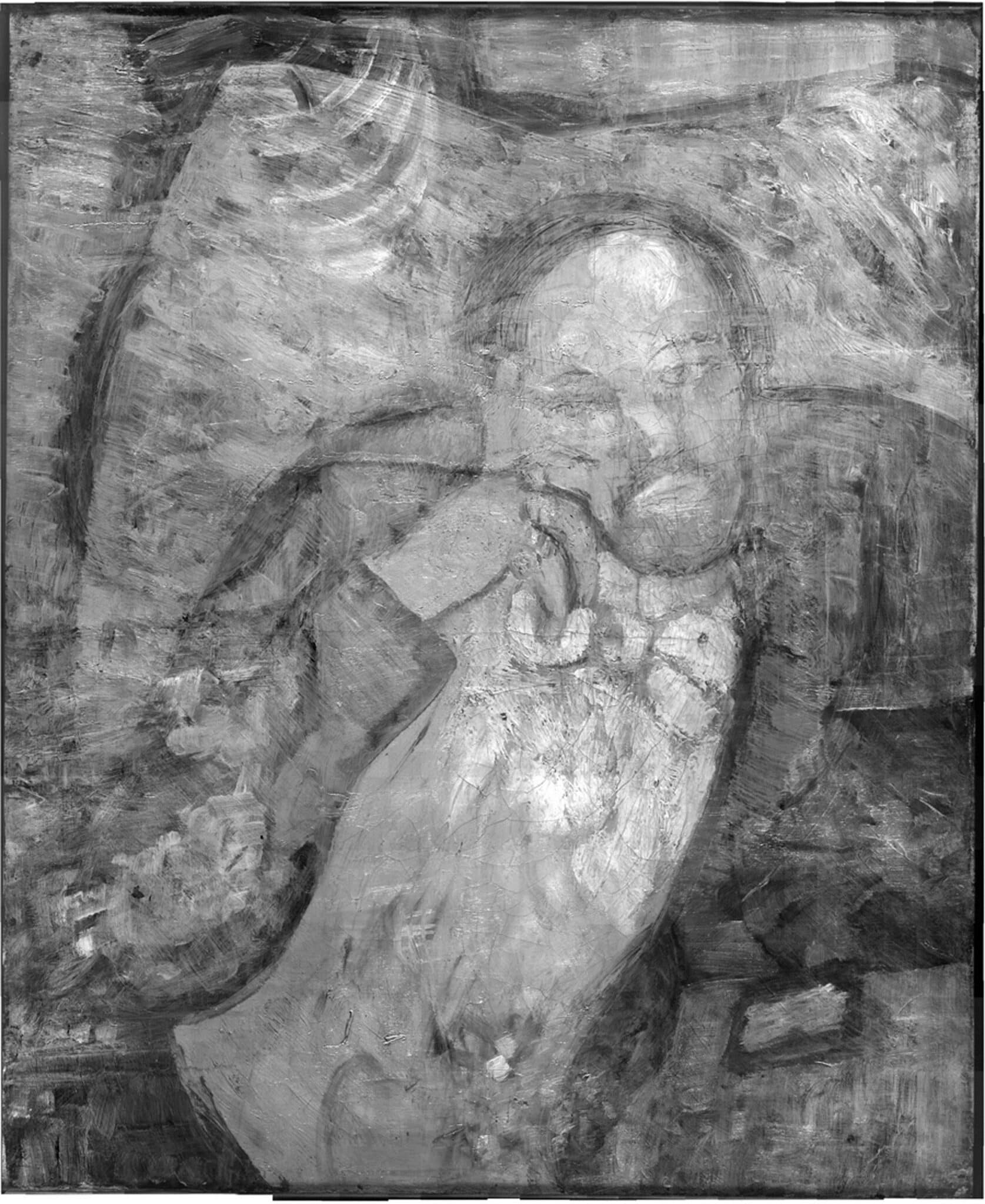
The ’Blue Room’ is regarded as one of Picasso’s earliest masterpieces. It is one of the melancholy scenes dominated by varying shades of blue. Underneath the painted surface there’s a hidden portrait of a man wearing a bow tie, resting his chin on his hand. It’s not known who the mystery man is, but it’s definitely not a portrait of Picasso himself.
Botticelli’s’Primavera’ is a thorough collection of plants
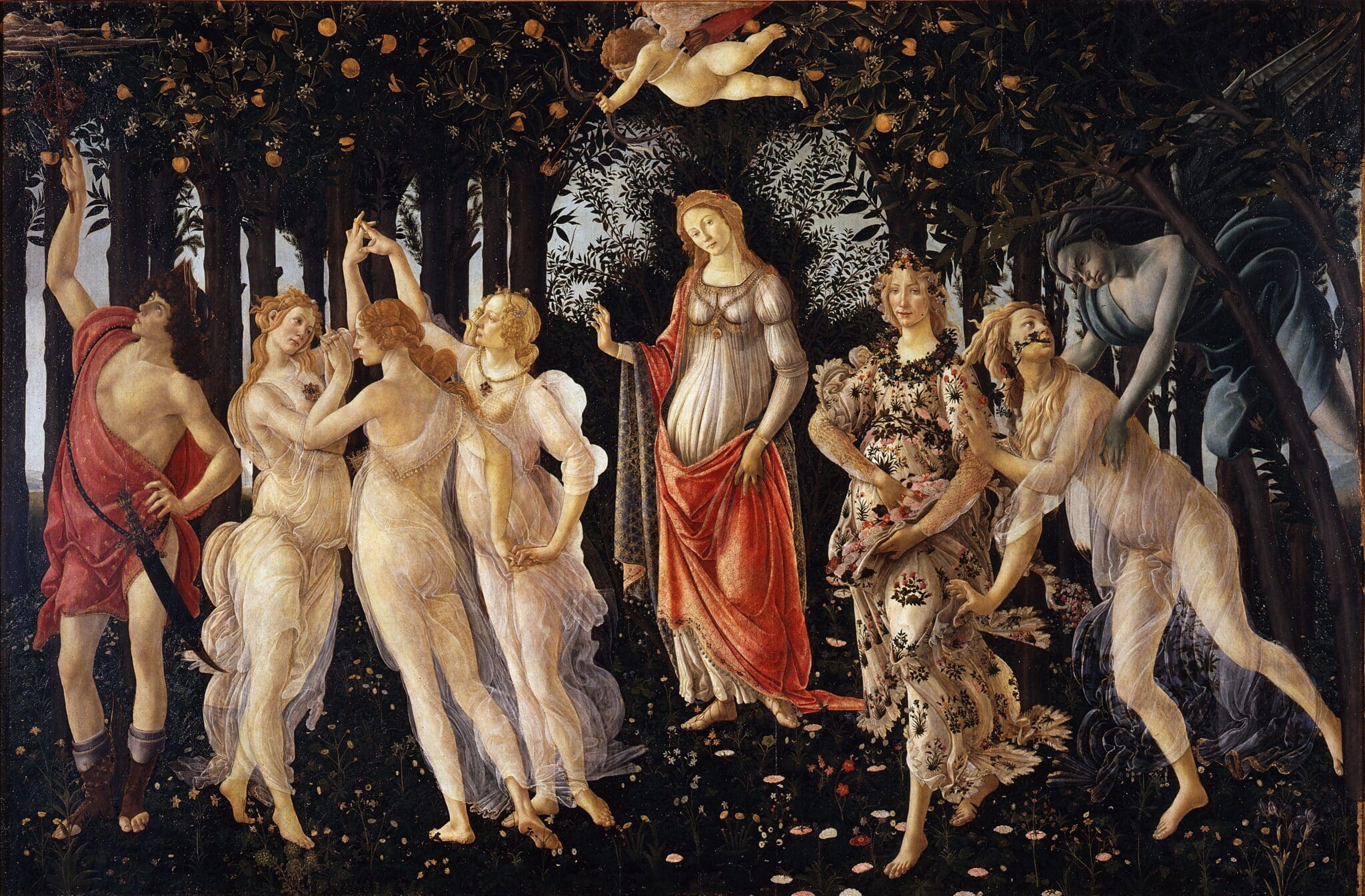
Apart from the centre figures of mythological creatures including Venus, Mercury, and the Three Graces, there’s incredible attention to detail in the garden background. The painting depicts at least 500 species of plants, all of which have been identified by botanists, and includes some 190 separate kinds of flowers.
There’s a woman’s face in Picasso’s ’Old Guitarist’
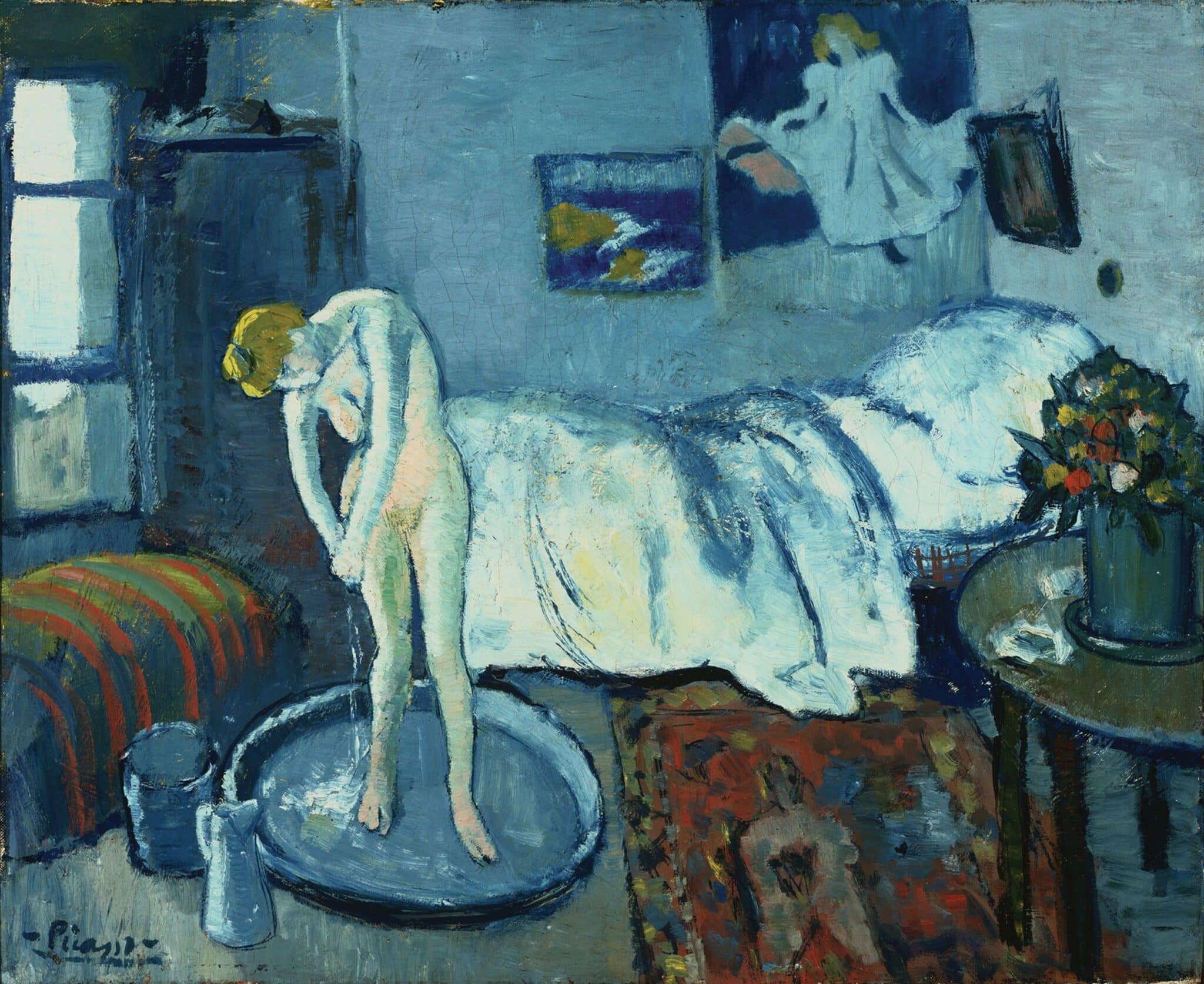
Money was tight in Picasso’s Blue Period from 1901 through 1904, so the artist often reused his supplies. ’The Old Guitarist’ was painted over a previous work. If you look closely at the man’s neck, you can see the outline of a woman’s face and figure through the fading blue paints.
Vocabulary
hidden | rejtett |
musical staff | a kotta öt vonala |
musical note | kotta |
passion of Jesus | Jézus kínszenvedése |
patron | kuncsaft, vendég |
subtle | apró, finom |
cross | kereszt |
windowpane | ablaktábla, ablakkeret |
to depart | elindulni, elmenni |
shadow | árnyék |
to betray | elárulni |
to dissect | boncolni |
corpse | holttest |
ceiling | mennyezet |
cloak | köpeny |
brain | agy |
expertise | szakértelem |
cerebellum | kisagy, nyúltagy |
pituitary gland | agyalapi mirigy, hipofízis |
vertebral artery | csigolyaartéria |
less-decipherable | kevésbé kivehető/kiolvasható |
mystery | rejtély |
self-portrait | önarckép |
reflection | tükörkép |
discernible | kivehető |
magnifying glass | nagyító |
signature | aláírás |
proverb | közmondás |
running like your butt's on fire | fut, mintha égne lába alatt a föld |
the blind leading the blind | vakvezet világtalant |
there’s always a bigger fish | akad majd helyette másik |
armed to the teeth | állig fel van fegyverkezve |
hit your head against the wall | a falba veri a fejét |
expert | szakértő |
peculiar | furcsa, különös |
carafe of wine | borkiöntő, borosüveg |
paintbrush | ecset |
easel | festőállvány |
masterpiece | mestermű |
shade | árnyalat |
bow tie | csokornyakkendő |
thorough | alapos |
attention to detail | szem/odafigyelés a részletekre |
money is tight | kevés/szűkös a pénze |
outline | körvonal |
fading | halványuló, fakuló |



